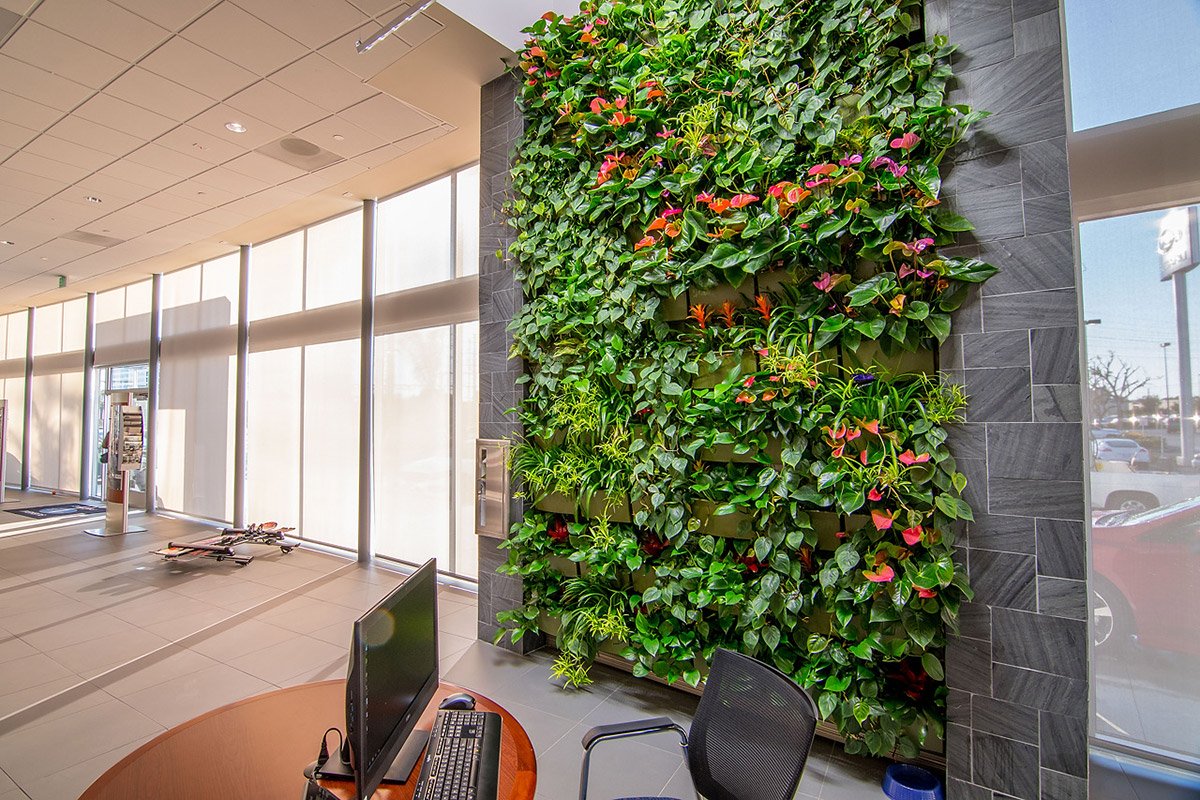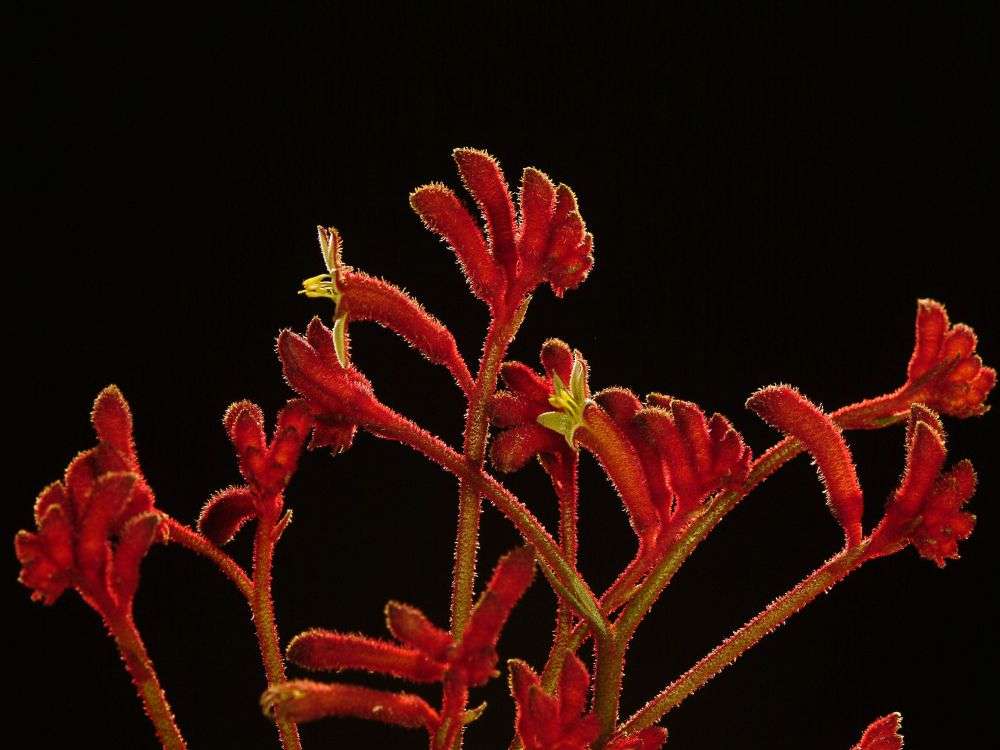Revolutionizing Landscapes: A Comprehensive Guide to Implementing Smart Irrigation Technology
In today’s world, where water conservation is no longer just a good idea but a necessity, the implementation of smart irrigation technology has become increasingly vital. This comprehensive guide delves into the intricacies of adopting and utilizing these innovative systems, offering insights, practical advice, and a look at the future of water management in landscaping. Whether you’re a homeowner looking to optimize your garden’s watering schedule or a professional landscaper seeking to enhance your services, this article will provide you with the knowledge and tools you need to make informed decisions and achieve optimal results.
Understanding the Fundamentals of Smart Irrigation
Smart irrigation technology represents a paradigm shift in how we approach watering our lawns, gardens, and other green spaces. Unlike traditional irrigation systems that operate on pre-set timers, smart systems use a variety of sensors and data to determine when and how much to water. This intelligent approach leads to significant water savings, healthier plants, and reduced environmental impact.
What Exactly is Smart Irrigation?
At its core, smart irrigation is about using technology to make informed watering decisions. This can involve a range of components, from soil moisture sensors that measure the water content in the soil to weather stations that track rainfall, temperature, and wind speed. These sensors feed data to a central controller, which then adjusts the watering schedule accordingly. The goal is simple: provide plants with the water they need, when they need it, and no more.
Key Components of a Smart Irrigation System
Several components work together to make a smart irrigation system function effectively. Understanding these components is crucial for both installation and maintenance.
- Smart Controller: This is the brain of the operation. It receives data from the sensors, analyzes it, and adjusts the watering schedule. Smart controllers often connect to Wi-Fi, allowing for remote control and monitoring via a smartphone or computer.
- Soil Moisture Sensors: These sensors are placed in the soil and measure the moisture level. They communicate this data to the controller, which can then determine if watering is necessary.
- Rain Sensors: Rain sensors detect rainfall and signal the controller to suspend watering, preventing overwatering.
- Weather Sensors: These sensors gather data on local weather conditions, such as temperature, humidity, and wind speed. This information helps the controller adjust the watering schedule to account for evaporation and plant needs.
- Sprinkler Heads and Drip Irrigation: While not unique to smart systems, the type of sprinkler heads or drip irrigation system used can impact water efficiency. Drip irrigation, in particular, is highly efficient as it delivers water directly to the roots of the plants.
Benefits of Implementing Smart Irrigation
The advantages of adopting smart irrigation technology are numerous, extending beyond mere water savings. These systems offer a range of benefits that contribute to environmental sustainability, cost savings, and healthier landscapes.
Water Conservation: A Primary Advantage
The most significant benefit of smart irrigation is its ability to conserve water. By watering only when necessary and adjusting for weather conditions, these systems can reduce water consumption by up to 50% compared to traditional irrigation methods. This water savings not only benefits the environment but also helps to lower water bills.
Improved Plant Health
Overwatering and underwatering are common problems with traditional irrigation systems. Smart irrigation systems address these issues by providing plants with the precise amount of water they need. This can lead to healthier plants, stronger root systems, and reduced susceptibility to diseases.
Cost Savings
While the initial investment in a smart irrigation system may be higher than a traditional system, the long-term cost savings can be substantial. Reduced water bills, lower fertilizer costs (as plants are healthier and require less), and reduced maintenance expenses all contribute to significant cost savings over time.
Environmental Benefits
Smart irrigation systems contribute to environmental sustainability in several ways. By conserving water, they help to reduce the strain on water resources. They also minimize runoff, which can carry pollutants into waterways. Furthermore, the precise watering provided by these systems can reduce the need for fertilizers and pesticides, further minimizing environmental impact.
Convenience and Control
Smart irrigation systems offer unparalleled convenience and control. With Wi-Fi-enabled controllers, you can monitor and adjust your watering schedule from anywhere using a smartphone or computer. This allows you to adapt to changing weather conditions or plant needs without having to be physically present.
Planning and Design: The Foundation of a Successful Smart Irrigation System
Before you begin implementing a smart irrigation system, careful planning and design are essential. This phase involves assessing your landscape, selecting the right components, and developing a watering schedule that meets the specific needs of your plants.
Assessing Your Landscape
The first step is to assess your landscape and identify the different zones and water requirements of your plants. Consider the following factors:
- Plant Types: Different plants have different water needs. Group plants with similar water requirements together to ensure efficient watering.
- Soil Type: Soil type affects water absorption and drainage. Clay soils retain water longer than sandy soils.
- Sun Exposure: Areas with more sun exposure require more frequent watering.
- Slope and Drainage: Sloped areas may require more careful irrigation to prevent runoff.
- Existing Irrigation System (if any): Evaluate your existing system to determine if it can be integrated with a smart controller or if it needs to be replaced.
Choosing the Right Components
Selecting the right components is crucial for the performance and efficiency of your smart irrigation system. Consider the following:
- Smart Controller: Choose a controller that meets your needs and budget. Consider features such as Wi-Fi connectivity, weather integration, and the number of zones it can control.
- Soil Moisture Sensors: Select sensors that are compatible with your controller and the type of soil in your landscape.
- Sprinkler Heads and Drip Irrigation: Choose sprinkler heads and drip irrigation components that are appropriate for your plant types and landscape design. Drip irrigation is particularly effective for conserving water and delivering it directly to the roots.
- Rain Sensors and Weather Stations: Consider the need for rain sensors and weather stations based on your local climate and the level of automation you desire.
Designing Your Watering Schedule
Once you have installed your system, you’ll need to design a watering schedule. This involves determining the frequency and duration of watering for each zone in your landscape. Consider the following factors:
- Plant Water Requirements: Research the water needs of your plants.
- Soil Type: Adjust watering frequency and duration based on your soil type.
- Weather Conditions: Use the weather data from your controller or weather station to adjust the watering schedule.
- Evapotranspiration (ET) Rate: ET rate measures the amount of water lost from the soil and plants due to evaporation and transpiration. Smart controllers often use ET data to automatically adjust the watering schedule.
Installation and Setup: Bringing Your System to Life
Installing a smart irrigation system can range from a simple DIY project to a more complex undertaking that requires professional assistance. The installation process involves connecting the components, configuring the controller, and testing the system.
DIY vs. Professional Installation
The decision of whether to install the system yourself or hire a professional depends on your experience, the complexity of your landscape, and your comfort level with electrical and plumbing work. DIY installation can save money, but professional installation ensures that the system is installed correctly and optimized for your landscape.
Step-by-Step Installation Guide (General Overview)
This is a general overview; always follow the manufacturer’s instructions for your specific components.
- Prepare the Site: Before beginning installation, gather all necessary tools and components. Turn off the water supply to your existing irrigation system (if any).
- Install the Smart Controller: Mount the smart controller in a protected location, such as a garage or shed. Connect the wires from the controller to the valve boxes of your existing system.
- Install Soil Moisture Sensors: Place the soil moisture sensors in the soil according to the manufacturer’s instructions.
- Install Rain Sensors and Weather Stations (Optional): Mount rain sensors and weather stations in appropriate locations.
- Connect the System to Wi-Fi (If Applicable): Follow the instructions for connecting your smart controller to your Wi-Fi network.
- Configure the Controller: Use the controller’s interface (either on the controller itself or through a smartphone app) to enter the zone information, plant types, and watering schedule.
- Test the System: Turn on each zone to ensure that the sprinklers and drip irrigation components are working correctly. Check for leaks and adjust the watering schedule as needed.
Setting Up Your Smart Controller
The setup process for a smart controller varies depending on the model. However, most controllers require you to enter information such as:
- Zone Information: The number of zones and the plants in each zone.
- Soil Type: The type of soil in each zone.
- Sun Exposure: The amount of sun exposure for each zone.
- Nozzle Type: The type of sprinkler heads used in each zone.
- Watering Schedule: The desired watering frequency and duration for each zone.
- Weather Data Integration: Configure the controller to access local weather data.
Maintenance and Optimization: Keeping Your System Running Smoothly
Regular maintenance and optimization are essential for ensuring that your smart irrigation system continues to function efficiently and effectively. This involves inspecting the components, adjusting the watering schedule, and making any necessary repairs.
Regular Inspections
Perform regular inspections to identify any potential problems. This includes:
- Checking Sprinkler Heads: Inspect sprinkler heads for leaks, clogs, and damage.
- Examining Drip Irrigation: Inspect drip irrigation lines for leaks and clogs.
- Monitoring Soil Moisture Sensors: Ensure that the soil moisture sensors are functioning correctly.
- Checking for Leaks: Look for any signs of leaks in the pipes or valves.
- Inspecting the Controller: Check the controller for any error messages or malfunctions.
Adjusting the Watering Schedule
The watering schedule may need to be adjusted periodically to account for changing weather conditions, plant growth, and other factors. Use the data from your controller and weather sensors to make informed adjustments.
- Seasonal Adjustments: Adjust the watering schedule based on the season. Plants generally require more water during the hot summer months and less water during the cooler months.
- Weather-Based Adjustments: Use the weather data from your controller or weather station to adjust the watering schedule based on rainfall, temperature, and wind speed.
- Plant-Specific Adjustments: Adjust the watering schedule to meet the specific needs of your plants.
Troubleshooting Common Problems
Even with a well-designed and maintained system, problems can sometimes occur. Here are some common problems and solutions:
- Sprinkler Heads Not Working: Check for clogs, leaks, or damage. Replace or repair the sprinkler heads as needed.
- Controller Malfunctions: Check the power supply and connections. Reset the controller or contact the manufacturer for assistance.
- Soil Moisture Sensor Issues: Verify that the sensors are correctly installed and functioning. Replace the sensors if necessary.
- Leaks: Locate the source of the leak and repair it.
- Overwatering or Underwatering: Adjust the watering schedule based on the weather conditions and plant needs.
Advanced Features and Technologies
The field of smart irrigation is constantly evolving, with new features and technologies emerging regularly. Staying abreast of these advancements can help you optimize your system and achieve even greater water savings and plant health.
Integration with Other Smart Home Devices
Many smart irrigation systems can be integrated with other smart home devices, such as voice assistants and home automation systems. This allows you to control your irrigation system with voice commands and automate other tasks, such as turning on lights or adjusting the thermostat.
Remote Monitoring and Control
Most smart irrigation systems offer remote monitoring and control via a smartphone app or web interface. This allows you to monitor your system’s performance, adjust the watering schedule, and receive alerts about potential problems from anywhere with an internet connection. This is a game-changer for anyone who travels or has multiple properties.
Artificial Intelligence and Machine Learning
Some advanced smart irrigation systems use artificial intelligence (AI) and machine learning to optimize the watering schedule. These systems analyze data from various sources, such as weather forecasts, soil moisture sensors, and plant health, to automatically adjust the watering schedule and minimize water usage. This is the cutting edge of smart irrigation, providing unparalleled efficiency and plant care.
Watering Zone Optimization
Advanced systems allow for granular control over individual watering zones. This means you can tailor the watering schedule for specific areas of your landscape, taking into account the unique needs of different plant types, sun exposure, and soil conditions. This level of control ensures that every plant receives the precise amount of water it needs.
The Future of Smart Irrigation
The future of smart irrigation is bright, with continued advancements in technology and a growing focus on water conservation. As climate change intensifies the need for sustainable water management, smart irrigation systems will become even more essential.
Emerging Trends
Several trends are shaping the future of smart irrigation:
- Increased Adoption: As the technology becomes more affordable and accessible, we can expect to see a significant increase in the adoption of smart irrigation systems by homeowners and businesses.
- Integration with Other Technologies: Smart irrigation systems will continue to integrate with other smart home devices and technologies, such as AI, machine learning, and remote sensing.
- Focus on Sustainability: The emphasis on water conservation and environmental sustainability will continue to drive innovation in the field of smart irrigation.
- Data-Driven Insights: The use of data analytics will become more prevalent, allowing users to gain deeper insights into their water usage and plant health.
The Role of Smart Irrigation in Sustainable Landscaping
Smart irrigation plays a crucial role in promoting sustainable landscaping practices. By conserving water, reducing runoff, and minimizing the need for fertilizers and pesticides, these systems contribute to a healthier and more environmentally friendly landscape. As awareness of environmental issues grows, smart irrigation will become an increasingly important tool for creating sustainable green spaces.
Conclusion: Embracing a Smarter Approach to Irrigation
Implementing smart irrigation technology is a significant step towards creating a more water-efficient, sustainable, and healthy landscape. By understanding the fundamentals of smart irrigation, planning your system carefully, and maintaining it properly, you can reap the numerous benefits these systems offer. Embrace the future of irrigation and enjoy a greener, more vibrant landscape while contributing to the conservation of our precious water resources. The investment in smart irrigation is an investment in a more sustainable future.



